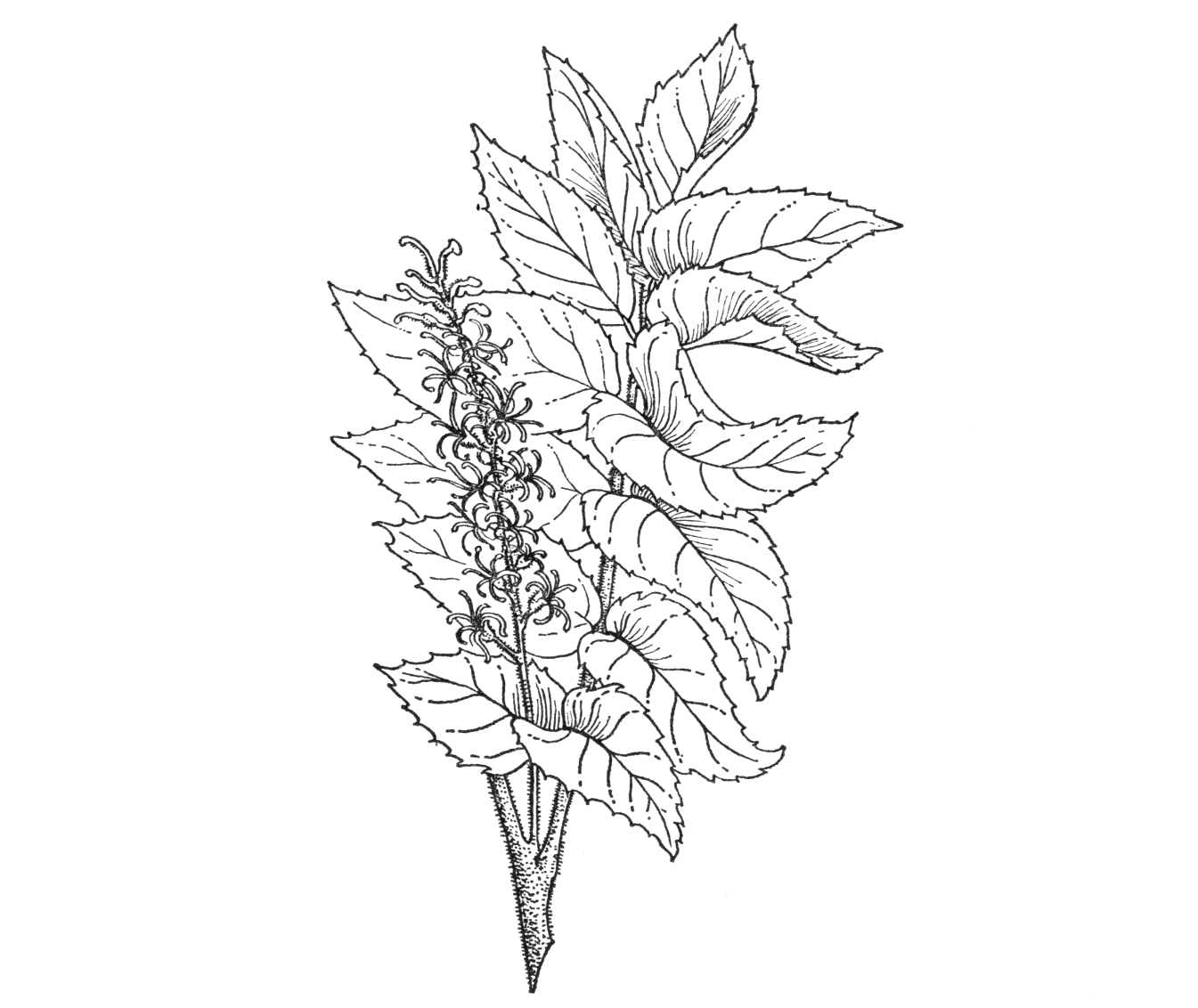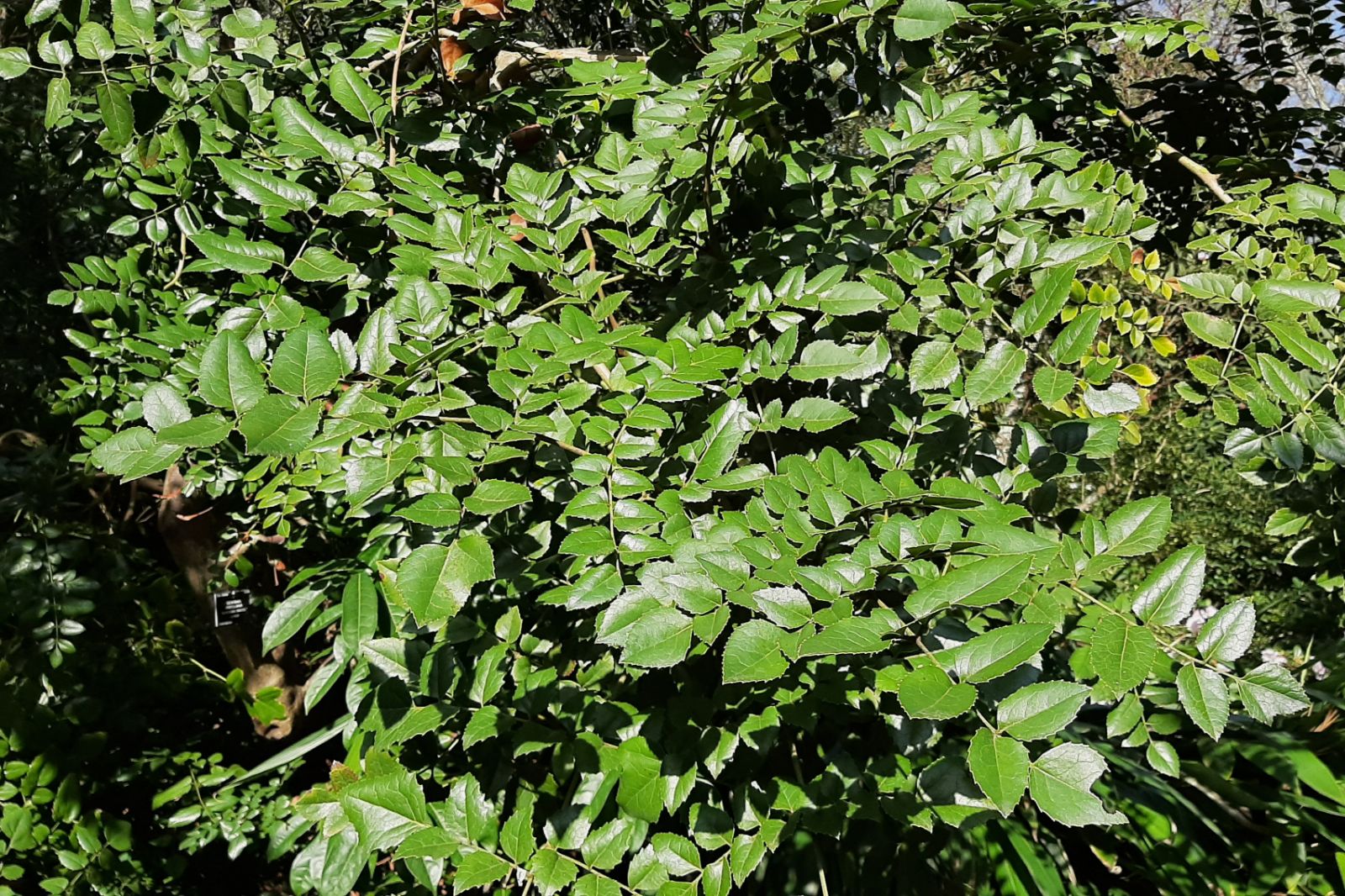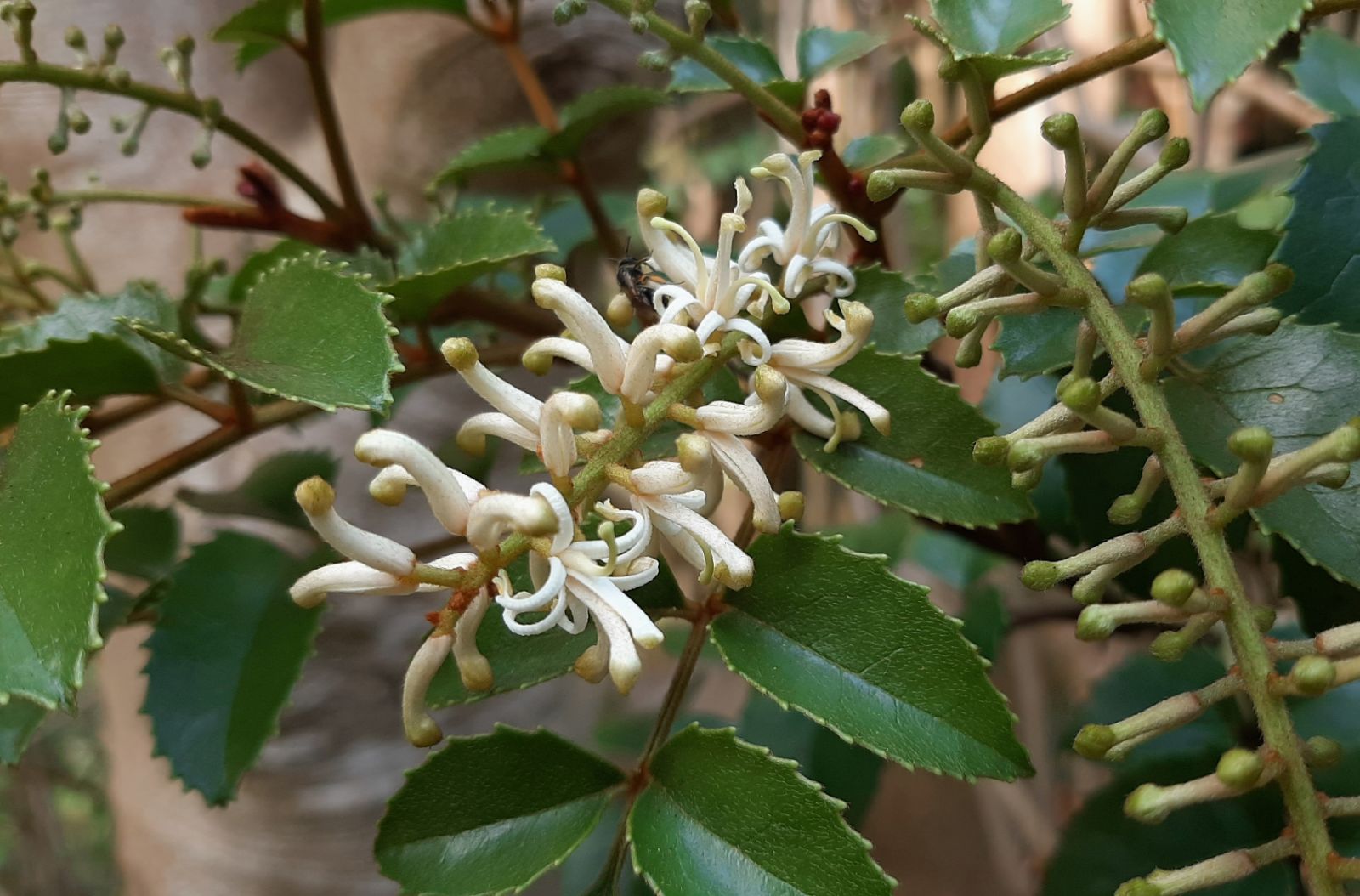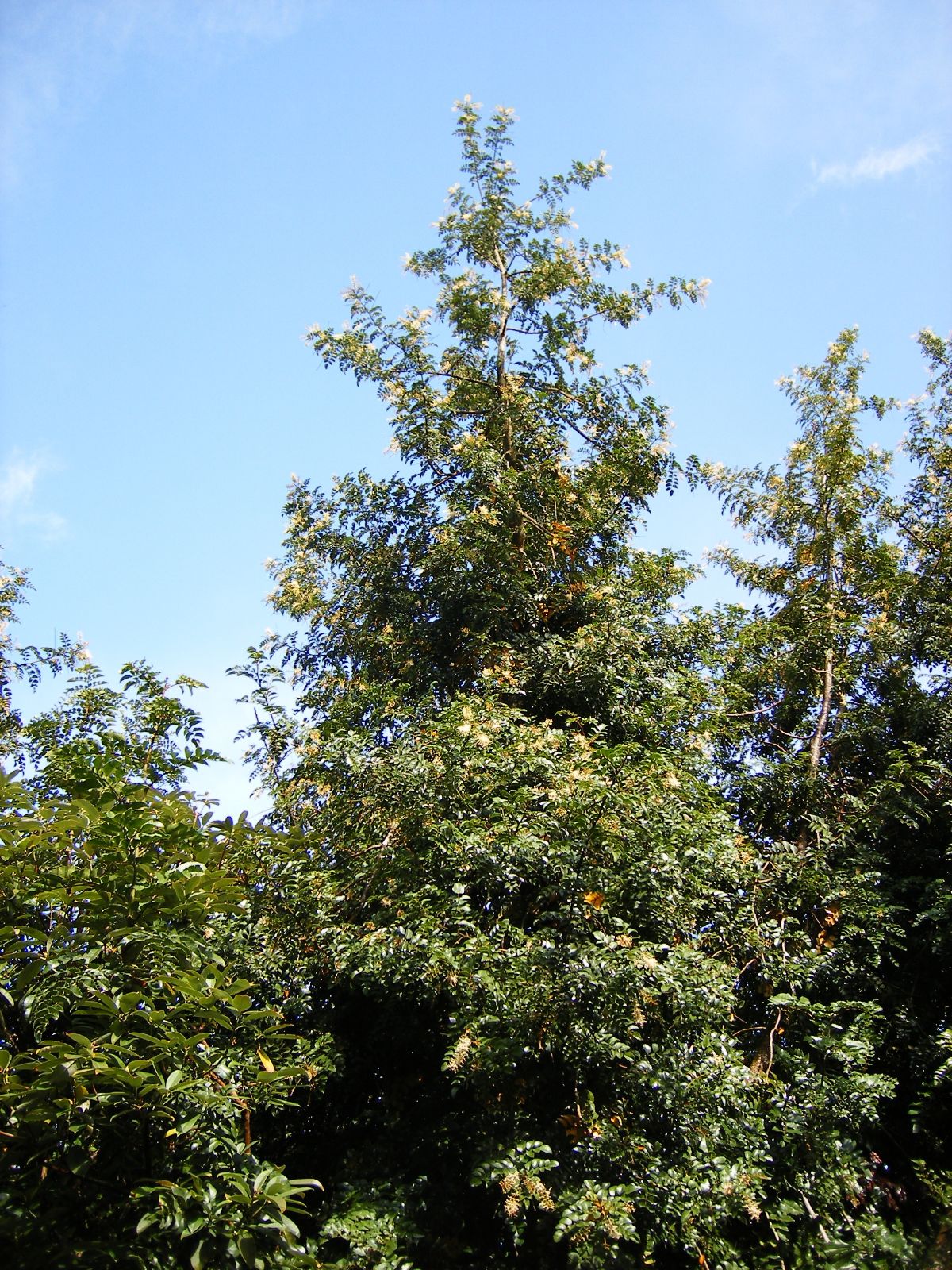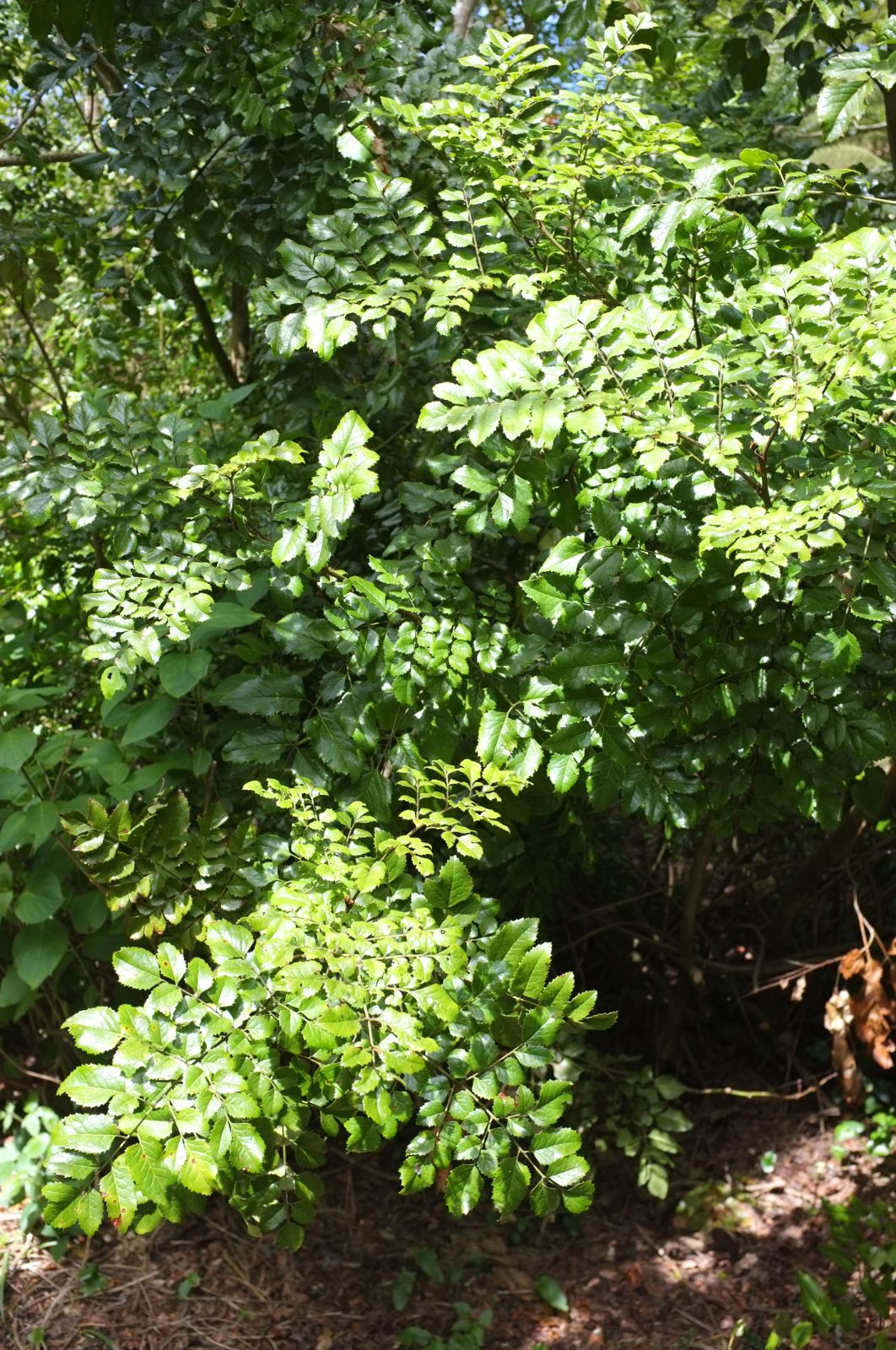Gevuina avellana
Credits
Article from Bean's Trees and Shrubs Hardy in the British Isles
Recommended citation
'Gevuina avellana' from the website Trees and Shrubs Online (treesandshrubsonline.
Genus
Other taxa in genus
An evergreen tree 30 to 40 ft high or a large shrub, densely and luxuriantly leafy; young shoots stout, clothed thickly with a soft brown down as are the leaf-stalks also. Leaves pinnate or doubly pinnate; from 6 to 16 in. long, 4 to 10 in. wide; the primary divisions three to fifteen, each consisting of one to five leaflets. The number of leaflets on one leaf may vary from three to over thirty and individually they vary much in size. On young vigorous plants the largest leaflets are as much as 71⁄2 in. long and 3 in. wide; the smallest less than 1 in. long. They are usually ovate to triangular in outline, sharply toothed, rounded or truncate at the base, pointed at the apex, leathery in texture, and of the richest lustrous green. Racemes produced in the leaf-axils during August, 4 in. long, carrying twenty to twenty-five pairs of usually ivory-white flowers with very narrow recurved sepals, beyond which the stamens project half an inch; style 1⁄3 in. long, curved, hairy at the base. Fruit a hard nut the size of a small acorn, turning red, then purple, finally black. Seeds edible. Bot. Mag., t. 9161.
Native of Chile; introduced in 1826. It is not really hardy at Kew, and although it survives normal winters in a sheltered spot, it is not worth struggling with out-of-doors. But in Devonshire and Cornwall it is very fine. The best tree I have seen is one at Trewidden, near Penzance, which when I saw it in 1930 was 35 ft high and 13 ft in diameter of spread at the base – a pyramidal tree of great beauty. [This tree still exists, and there is another of about the same height in Eire at Fota, Co. Cork, pl. 1938.] In regard to foliage alone it would be difficult to find an evergreen of its type more handsome. Ripe fruits have been developed at Rostrevor, Co. Down, and the seeds found to be palatable. The flowers vary in colour from pure white to yellowish or greenish white, occasionally tinged with red.

